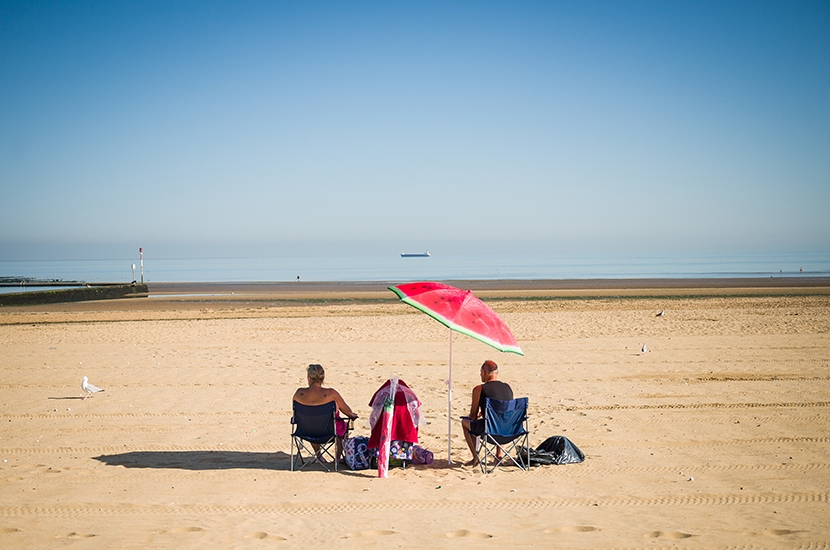Some like it hot
Are heatwaves becoming a devalued currency? Last year the Met Office defined a heatwave as three consecutive days when maximum temperatures exceed the 90th percentile maximum temperature for mid-July. In London that means when the maximum exceeds 28˚C. For the rest of the south-east, as far west as Hampshire and as far north as Nottinghamshire, the threshold is 27˚C. For Dorset, Somerset, Herefordshire, Shropshire, Cheshire, Derbyshire, South Yorkshire and Lincolnshire it is 26˚C, and everywhere else, including the West Country, most of Wales, the north of England and Scotland it is 25˚C. In places it will mean a heatwave occurring in 30 to 50 per cent of years.
Journeys by dinghy
How far do migrants have to travel in boats?
Turkey–Rhodes | 11 miles
France–Dover | 21 miles
Tunisia–Lampedusa | 79 miles
Libya–Malta | 207 miles
Big bangs
An explosion in a warehouse in Beirut containing 2,700 tonnes of ammonium nitrate killed more than 200 people. Some other fatal accidental explosions:
— An explosion at the Wanggongchang Armory in Beijing in 1626 killed an estimated 20,000 people.
— 90 tonnes of gunpowder stored in the Bastion of San Nazaro, Brescia, exploded when the building was struck by lightning in 1769, killing 3,000 people and flattening much of the city.
— Another lightning strike, in 1856, caused the explosion of 200 tonnes of gunpowder stored in the Agios Ioannis, Rhodes, killing 4,000 people.
— 1,950 people were killed in 1917 when the munitions ships SS Imo and SS Mont Blanc collided in the harbour at Halifax, Nova Scotia, demolishing much of the town.
— In 1989 575 died when sparks from trains ignited a cloud of gas which had leaked from a pipeline at Ufa in the Central USSR.
Holding back the Life-Years
How many ‘Quality Adjusted Life-Years’ (QALYs) will be lost in the long-term as a result of Covid-19, according to the Department for Health and Social Care?
Directly, as a result of Covid 19 | 530,000
Caused by people not accessing A&E during lockdown | 41,000
Early discharge from hospital | 73,000
Postponement of treatment | 45,000
Effect of recession | 157,000
Deprivation due to smaller economy | 294,000








Comments
Join the debate for just £1 a month
Be part of the conversation with other Spectator readers by getting your first three months for £3.
UNLOCK ACCESS Just £1 a monthAlready a subscriber? Log in